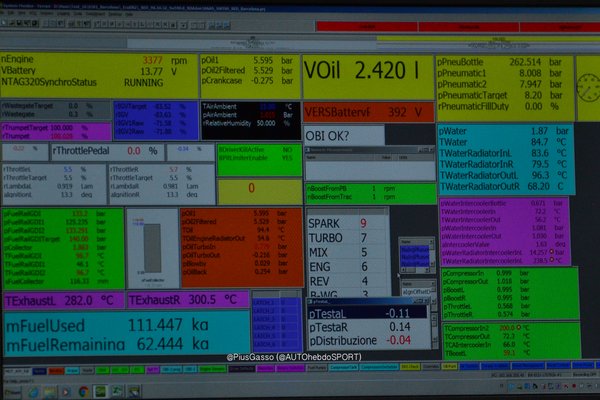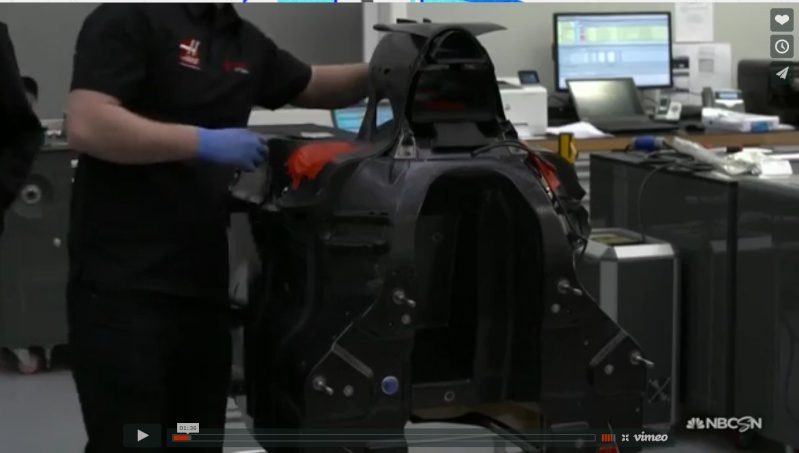Many of the traditional rules of thumb applying to a power-per-unit-displacement formula no longer apply under an "efficiency" formula. Rapid combustion of lean mixtures would almost certainly be enhanced by reduced droplet size and increased homogeneity in the "core" of the stratified charge. Hot fuel will most likely help.Tommy Cookers wrote:diesel fuel has high viscosity and so has high viscosity change with temperature ?irsq4 wrote:By varying fuel injection temp (besides pressure), fuel spray properties are varied ie spray atomization. Sauter Mean Diameter is smaller (smaller droplets) when fuel is injected at higher temp., ref. Tagung Diesel- und Benzindirekteinspritzunggruntguru wrote: TFuelRailGDI = 96.7 TFuelRailGDI 1= 46.1 TFuelRailGDI 2= 96.7
Not surprisingly, they are running heated fuel (as did Honda in the RA168e). This system looks even smarter. Seems they have two fuel supplies - one at the max temp they need (TFuelRailGDI 2) and one near ambient (TFuelRailGDI 1). By varying the mix they can inject at any desired fuel temperature (TFuelRailGDI ) in between, and change the temperature - almost instantly.
SI fuel does not
the high-toluene fuel of the 168e era (having a high BP) required controlled heating to improve/standardise its vapourisation
Cosworth talked about charge conditioning (being a reason why PI was good and DI unnecessary in N/A F1engines)
Honda research found PI and charge heating enabled efficient combustion of very lean (AFR 2) homogeneous mixtures
maybe F1 is adjusting fuel temp for similar reasons
- Login or Register
No account yet? Sign up





